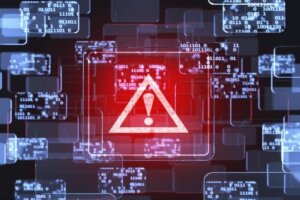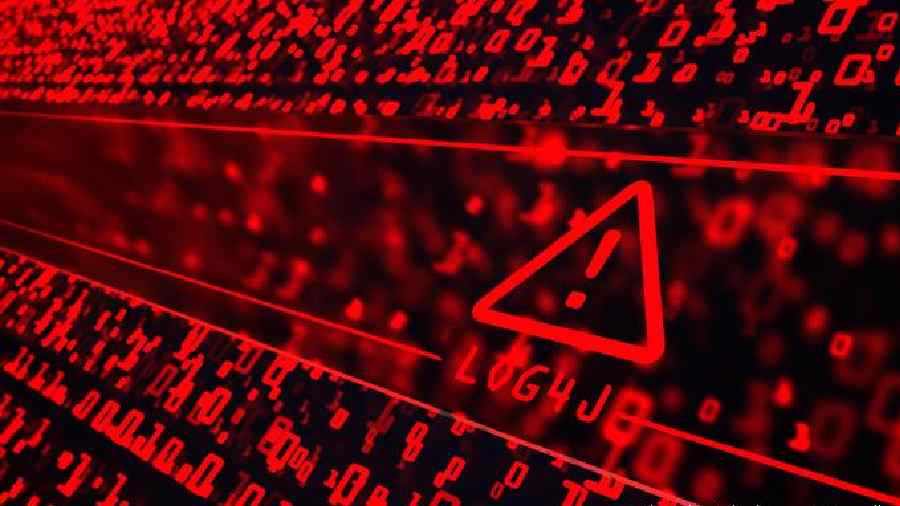Table of Contents
In today’s interconnected world, the threat landscape is evolving at an unprecedented rate, and ransomware attacks have emerged as a particularly insidious form of cybercrime. These attacks not only disrupt business operations but can also lead to significant financial losses and reputational damage. This comprehensive guide is designed to serve as a roadmap for businesses looking to bolster their cybersecurity measures against ransomware threats.
We will cover a range of topics, from understanding the anatomy of a ransomware attack to implementing multi-layered security protocols. The guide will also discuss the importance of employee training, regular software updates, and data backups, among other preventive measures.
Whether you are a small business owner grappling with limited IT resources, a decision-maker in a large corporation, or an IT professional tasked with network security, this guide aims to provide you with a holistic understanding of ransomware threats. More importantly, it offers actionable strategies to help you mitigate risks and protect your business assets effectively.
By the end of this guide, you will be better equipped to understand the complexities of ransomware attacks and how to establish a robust security posture to defend against them.
Understanding the Anatomy of a Ransomware Attack
To effectively combat ransomware, it’s essential to understand its lifecycle. This section offers an in-depth look at each stage of a ransomware attack, equipping you with the knowledge to identify vulnerabilities and implement countermeasures.

Initial Infiltration: The Entry Points
The first phase of a ransomware attack involves gaining initial access to your network. This is often done through deceptive phishing emails that appear to be from trusted sources. These emails may contain malicious attachments or links that, once clicked, deploy malware onto your system. Other entry points could include exploiting unpatched software vulnerabilities or insecure network configurations.
Lateral Movement: The Silent Threat
After gaining initial access, attackers work quietly in the background to move laterally across your network. They use various techniques to escalate their privileges, often leveraging tools that are already present on your systems. Their goal is to identify and gain access to critical assets, such as databases or financial systems, without raising alarms.
Encryption and Lockdown: The Devastating Blow
This is the stage where the ransomware payload is activated. Files, databases, and sometimes entire systems are encrypted, rendering them unusable. A ransom note is then displayed, usually on the screens of affected devices, demanding payment in cryptocurrency for the decryption key.
Exfiltration and Extortion: The Double Jeopardy
Increasingly, attackers are adding a new twist to ransomware attacks by exfiltrating sensitive data before initiating the encryption process. This allows them to engage in double extortion: demanding a ransom for the decryption key and threatening to release the stolen data publicly if their demands are not met.
The Aftermath: Recovery and Lessons Learned
Paying the ransom is generally not recommended, as it doesn’t guarantee the recovery of your files and further incentivizes criminal activity. The aftermath involves a thorough investigation to understand how the breach occurred and what vulnerabilities were exploited. This is followed by restoring systems from backups, if available, and implementing enhanced security measures to guard against future attacks.
By dissecting the anatomy of a ransomware attack, you’ll be better prepared to identify weak points in your cybersecurity posture and take proactive steps to fortify your defenses.
Preventive Measures: Building a Robust Defense Against Ransomware Attacks
Now that we have a comprehensive understanding of how ransomware attacks unfold, the next logical step is to discuss preventive measures. This section focuses on the strategies and tools that can be employed to build a robust defense against ransomware attacks.

Employee Training and Awareness
One of the most effective ways to prevent ransomware attacks is through employee training. Educating your staff about the dangers of phishing emails and teaching them how to recognize suspicious activity can go a long way in preventing initial infiltration.
Regular Software Updates and Patch Management
Keeping your software up-to-date is crucial for security. Regularly updating your operating systems and applications can fix known vulnerabilities that attackers may exploit.
Multi-Factor Authentication (MFA)
Implementing Multi-Factor Authentication adds an additional layer of security by requiring two or more verification methods—something the user knows (password), something the user has (security token or phone), or something the user is (biometric verification).
Data Backups
Regularly backing up your data can be a lifesaver in the event of a ransomware attack. Ensure that backups are stored in a location isolated from your network and test them frequently to ensure they can be restored successfully.
Endpoint Protection and Network Security
Utilizing endpoint protection software can help monitor and block ransomware attacks at the device level. Additionally, implementing network security measures like firewalls and intrusion detection systems can help monitor traffic and block malicious activities.
Incident Response Plan
Having a well-documented and regularly updated Incident Response Plan can help your organization act swiftly in the event of a ransomware attack, minimizing damage and accelerating recovery.
By implementing these preventive measures, you can significantly reduce the risk of falling victim to a ransomware attack and ensure that your business is better prepared to face this growing cyber threat.
Recovery Strategies: What to Do If You Fall Victim to a Ransomware Attack
Even with the best preventive measures in place, there’s always a risk of falling victim to a ransomware attack. This section delves deeper into the immediate and long-term actions you should take to mitigate the impact and set your organization on the path to recovery.

Immediate Isolation: Quarantine Affected Systems
As soon as you become aware of a ransomware attack, the priority is to isolate affected systems. Disconnect these systems from the network to prevent the malware from propagating to other devices and servers. This is a critical step in containing the damage.
Assessment and Identification: Gauge the Scope of the Attack
The next step involves a thorough assessment of the extent of the attack. You’ll need to identify which systems are compromised and what types of data have been encrypted. This information is crucial for understanding the severity of the attack and will guide your subsequent actions.
Contact Authorities and Cybersecurity Experts: Seek Professional Help
Reporting the incident to relevant law enforcement agencies is highly recommended. Additionally, bringing in cybersecurity experts can provide you with a specialized, third-party perspective on the situation. They can help you understand the nuances of the attack and recommend specific recovery strategies.
Data Restoration: Reclaiming Your Digital Assets
If you have up-to-date backups, the process of restoring your data can commence. Before doing so, ensure that the affected systems are thoroughly cleaned and that the ransomware has been completely removed to prevent re-infection. Test the restored data to confirm its integrity.
Review and Update Security Measures: Lessons for the Future
Once the immediate crisis is resolved, it’s time to review and update your security measures. Conduct a post-mortem analysis to identify how the attackers were able to breach your defenses. Use these insights to strengthen your security protocols and train your staff to better recognize potential threats.
By taking these comprehensive recovery steps, you not only mitigate the immediate impact of a ransomware attack but also better prepare your organization for future cybersecurity challenges.
Frequently Asked Questions: Addressing Common Concerns About Ransomware Attacks
In this section, we’ll address some of the most frequently asked questions about ransomware attacks to provide you with quick, actionable insights.
What is Ransomware?
Ransomware is a type of malware that encrypts files on a victim’s computer or network, rendering them inaccessible. The attacker then demands a ransom, usually in cryptocurrency, for the decryption key.
How Do Ransomware Attacks Happen?
Ransomware attacks commonly occur through phishing emails, malicious software downloads, or exploiting vulnerabilities in network security.
What Should I Do Immediately After a Ransomware Attack?
The first step is to isolate the affected systems to prevent the malware from spreading. Then, assess the damage and contact authorities and cybersecurity experts.
Should I Pay the Ransom?
Paying the ransom is generally not recommended as it doesn’t guarantee the recovery of your files and further incentivizes criminal activity.
How Can I Prevent Ransomware Attacks?
Preventive measures include employee training, regular software updates, multi-factor authentication, data backups, and implementing endpoint protection and network security measures.
What Are the Legal Implications of a Ransomware Attack?
Failure to protect customer data may result in legal consequences, including fines and lawsuits, depending on jurisdiction and the nature of the data compromised.
How Do I Recover Data After an Attack?
If you have up-to-date backups, you can restore your data after ensuring your systems are clean. If not, consult cybersecurity experts for possible recovery options.
By addressing these common questions, we aim to provide you with a well-rounded understanding of ransomware attacks and how to deal with them effectively.

Conclusion: Navigating the Complex Landscape of Ransomware Attacks
In the digital age, ransomware attacks have become an unfortunate reality that businesses of all sizes must contend with. While the threat is ever-evolving, understanding its anatomy and implementing robust preventive measures can significantly reduce your risk. And even if you do fall victim to an attack, having a well-thought-out recovery strategy can mitigate the impact and accelerate your return to normal operations.
The key takeaway is that preparation and education are your best defenses against ransomware attacks. By staying informed and vigilant, you can protect your business assets and maintain the trust of your stakeholders in an increasingly complex cybersecurity landscape.
Thank you for reading this comprehensive guide on how to protect your business from ransomware attacks. We hope it serves as a valuable resource in fortifying your cybersecurity posture.









